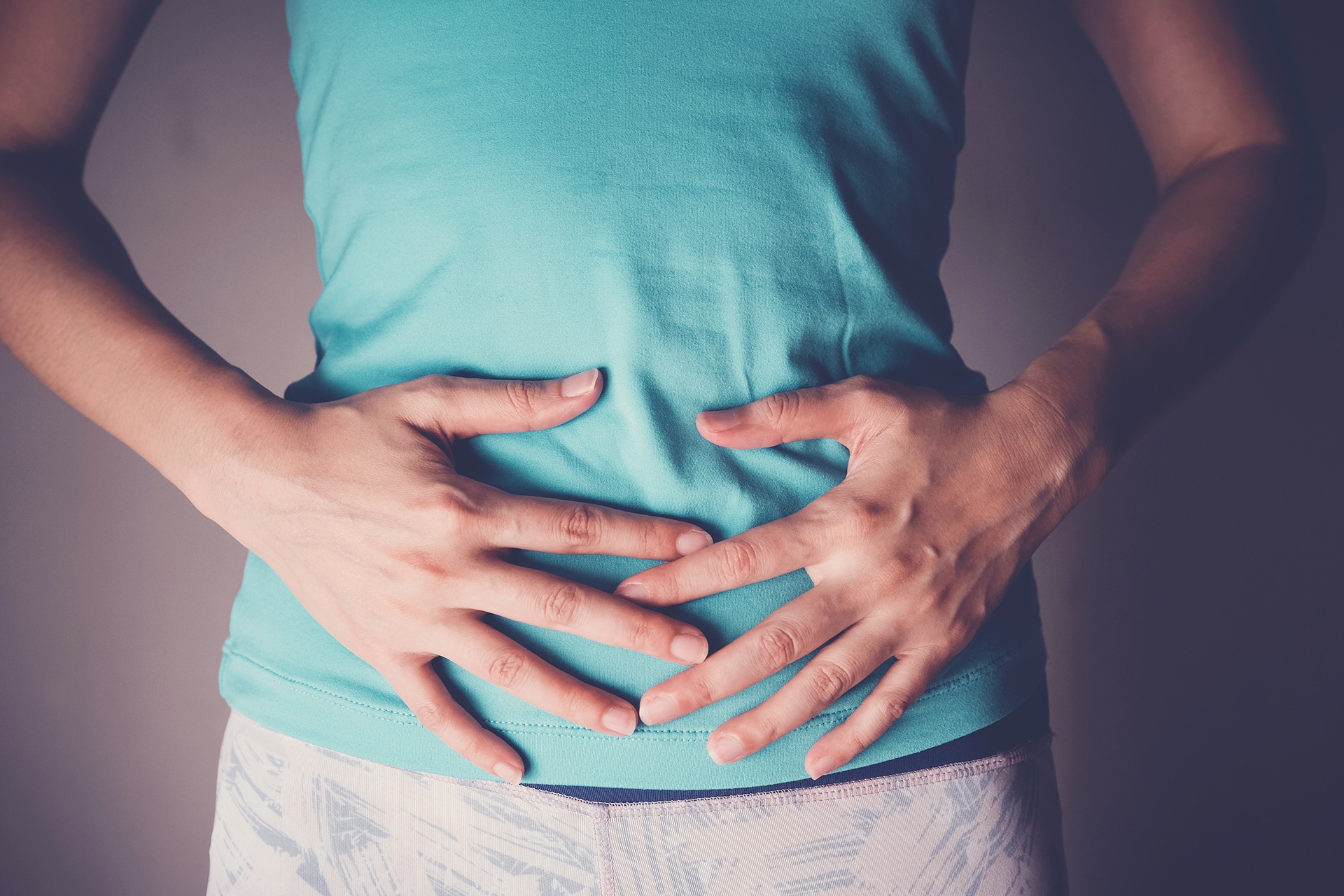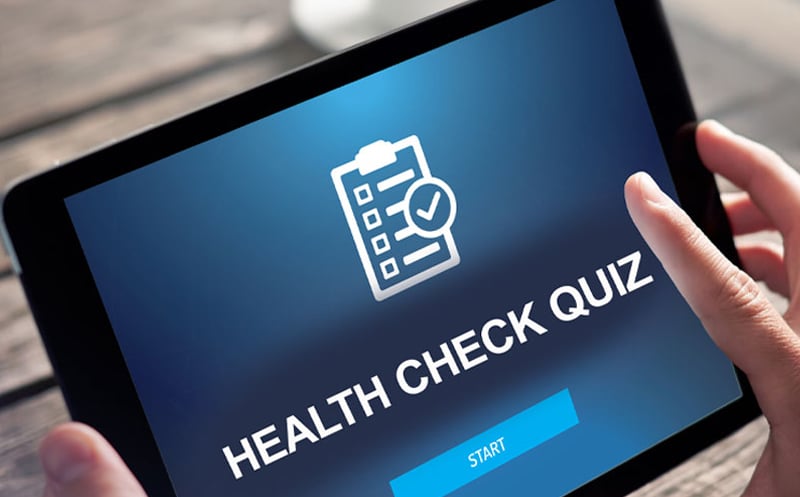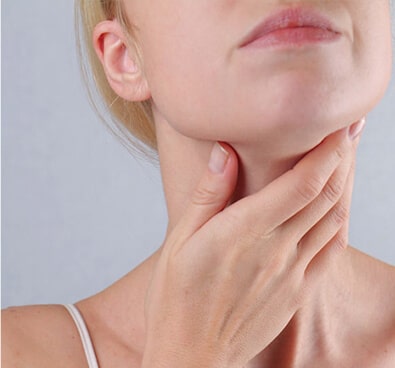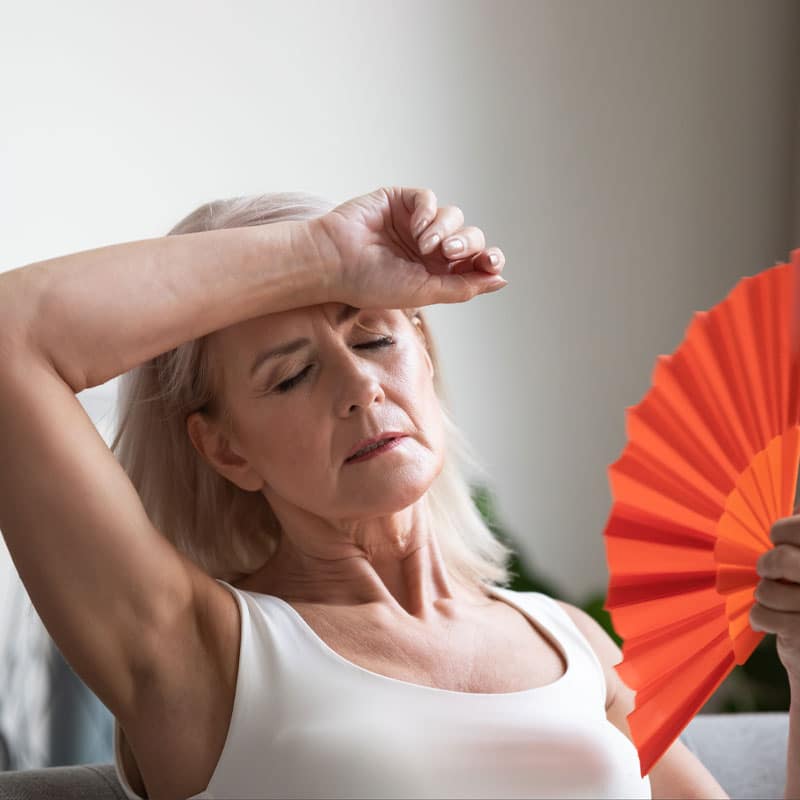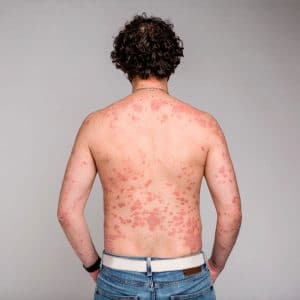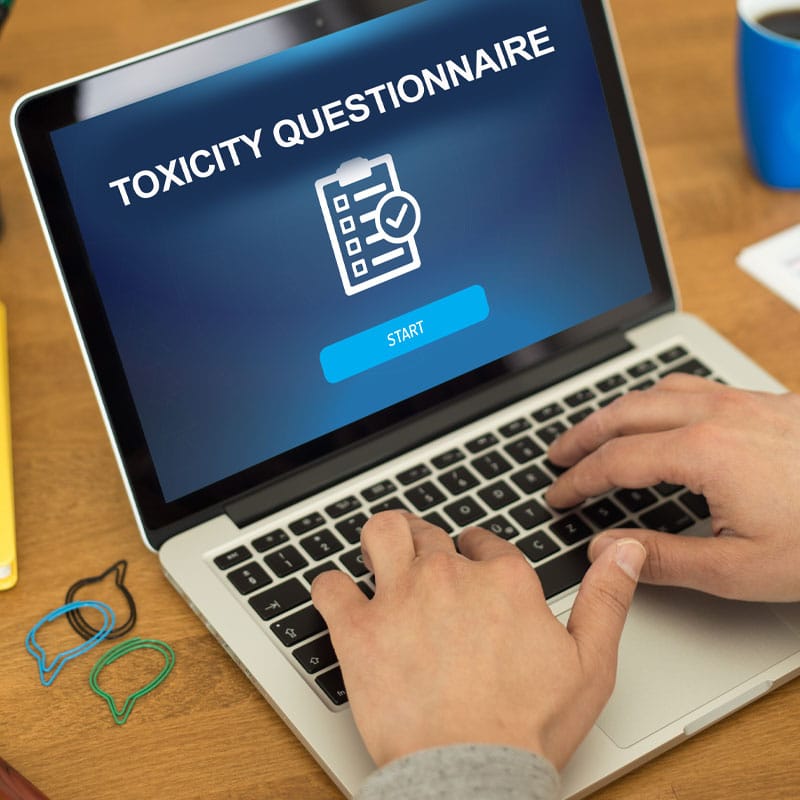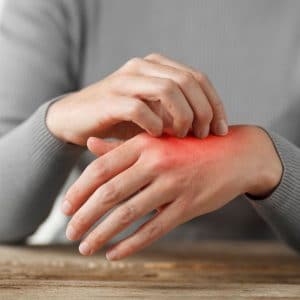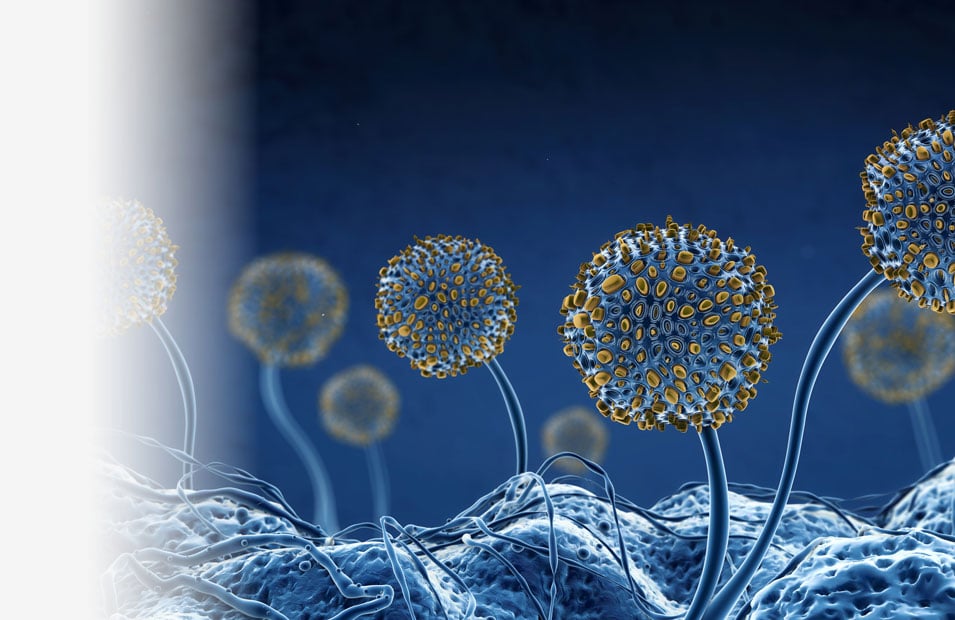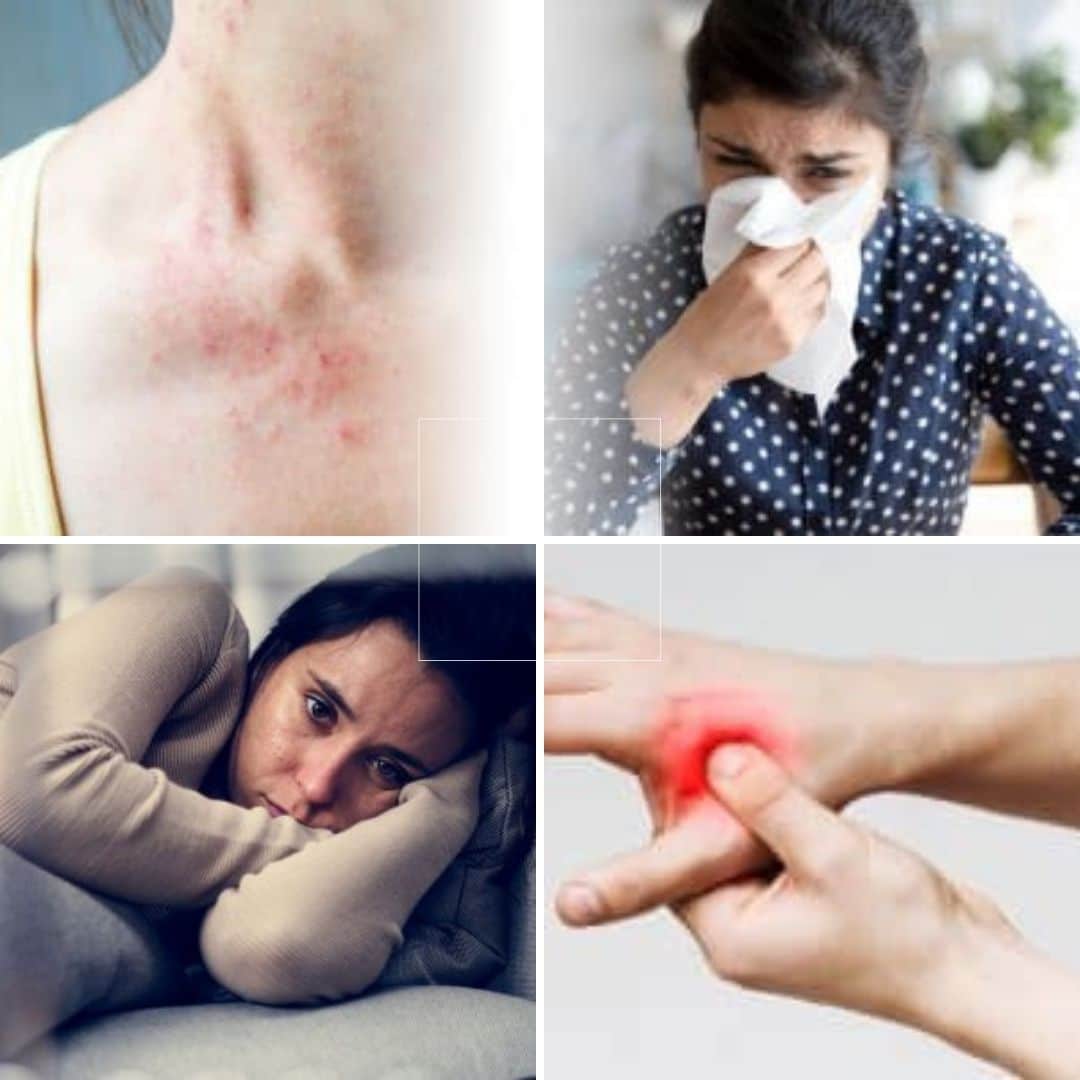Mold spores can quickly enter your home on your shoes or clothing or through open windows and doors. If these spores can find a warm, damp, humid environment, they can begin to multiply. Soon, toxic mold can fill your home. If you think mold has invaded your house, look for various symptoms of mold exposure.
Symptoms of Mold Exposure
Breathing Issues
Breathing difficulties and respiratory diseases increase when exposed to mold. Mold exposure can worsen asthma and increase nasal passages, lungs, and throat irritation. Individuals may experience wheezing, coughing, sneezing, sore throat, and nasal congestion. Researchers have shown that mold exposure is associated with hypersensitivity pneumonitis, sinus congestion, allergic rhinitis, asthma, and allergic bronchopulmonary aspergillosis in those with a weakened immune system.
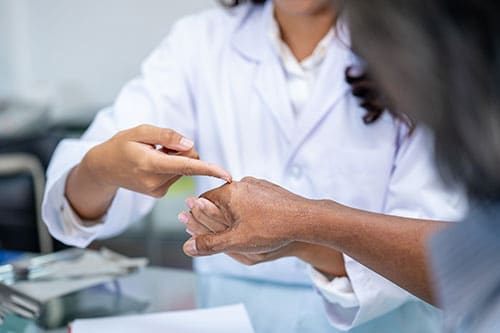
Sensation of Pins and Needles
Another sign of mold illness is numbness, twitching, or tingling. Typically, people experience this pins-and-needles feeling in the extremities—hands, feet, legs, and arms. It is often said to feel like the sensations experienced when one has kept one’s body in an awkward position for too long. Although pins-and-needles sensations can signify severe nerve disease or nerve damage, they can also indicate a nerve illness.
Depression and Sadness
Mold illnesses can manifest in numerous ways, including psychiatric symptoms like depression, concentration problems, insomnia, anxiety, and memory loss. Approximately 40 percent of individuals who live in a moldy home experience depression. Researchers believe that mental health problems can be related to toxic mold exposure as well as the stress of dealing with the physical symptoms of mold illness.
Digestive Disorders
A mold illness can cause a plethora of digestive issues. Many people experience a lack of appetite, which can cause unwanted weight loss. In addition to this, stomach pain, nausea, diarrhea, and vomiting can be experienced. As the mold spores flood the body, systemic inflammation can occur and cause bloating and weight gain as the digestive system becomes battered with toxic mold exposure.
Headaches and Dry Eyes
Mold spores can cause symptoms of hay fever. You may experience red eyes, itchy eyes, and blurry vision. As more mold spores enter the body and cause systemic inflammation, eyes can become inflamed and dry. When people inhale mold particles, they can cause sinuses to become inflamed and infected, increasing sinus pressure and leading to headaches and migraines.

Muscle Pain
Are you experiencing muscle pain? If you have unexplained muscle pain not caused by an activity, it can be a sign of a mold illness. Unexplained muscle pain can affect any muscle group within your body. Typically, those suffering from a mold illness experience dull achiness; however, specific individuals report shooting and intense pain.
Eliminate the Source of Mold
Mold can grow anywhere there is dampness. To reduce the risk of mold in your home or office, fix water leaks. Use fans to circulate the air and dry the area. Clean susceptible areas like bathrooms often and use ventilation fans to decrease the humidity in your home. When cleaning, make sure that you wear a mask to prevent the inhalation of mold spores. Once you finish cleaning moldy areas, wash your clothing immediately and shower to avoid spreading mold spores throughout your home. If extensive water damage has affected your home, contact a mold remediation specialist and have a professional clean your house. The cleaners may recommend that carpets, draperies, and upholstery be disposed of if the professional cannot properly clean them.
Mold can be several different colors, including green, black, and brown. Sometimes, mold will appear as a spot and begin to grow. Mold has a musty, earthy smell and can hide behind drywall, carpets, or wallpaper. Routinely inspect your roof, basement, and crawl space for moisture. Check plumbing pipes, kitchens, laundry rooms, and bathrooms for any signs of mold. Routine inspections of these areas can prevent a significant mold infestation. When you notice the first traces of mold, use a mixture of bleach and water to clean the area and destroy the mold spores.

Toxicity Questionnaire
The Toxicity Screening Questionnaire helps identify symptoms and helps detect underlying causes of illnesses.
How Can We Help?
Mold illness can cause several other symptoms, including fatigue, chest tightness, twitching, shaking, frequent urination, excessive thirst, and a metallic taste in the mouth. If you are experiencing any of the above symptoms, our integrative medicine doctor can help you overcome mold toxicity and regain your health and life. We use a variety of mold treatments, including detoxification, acupuncture, and dietary changes.


